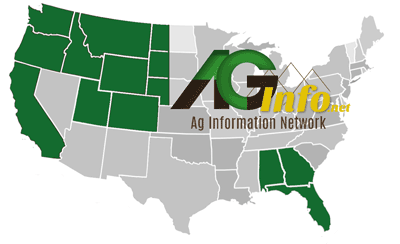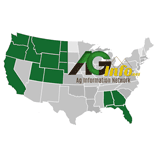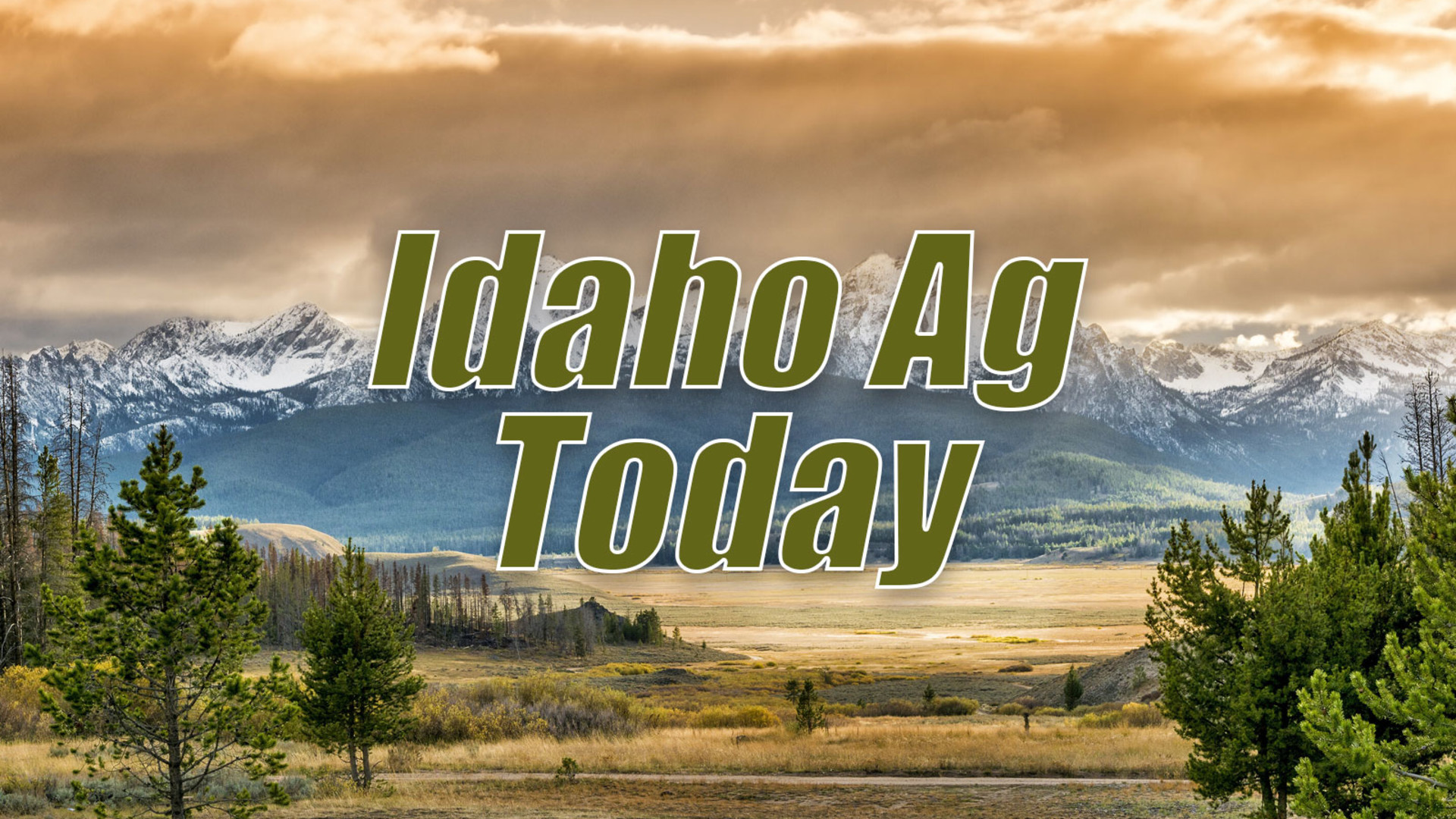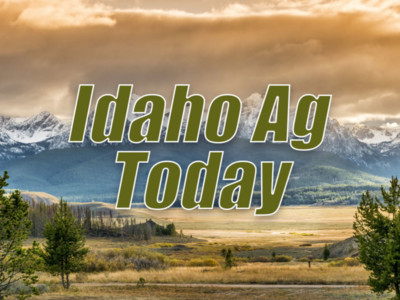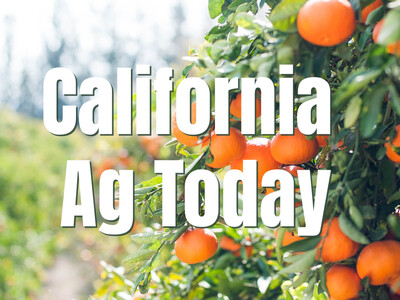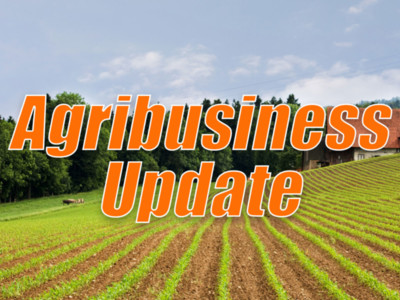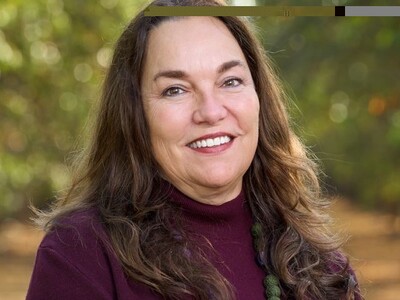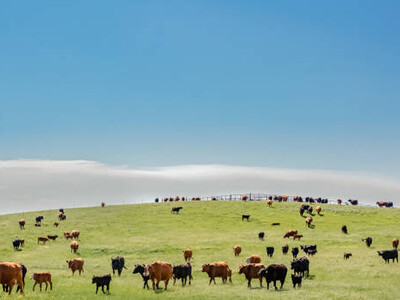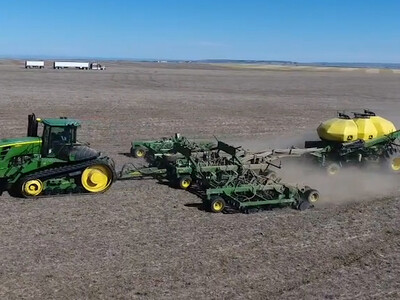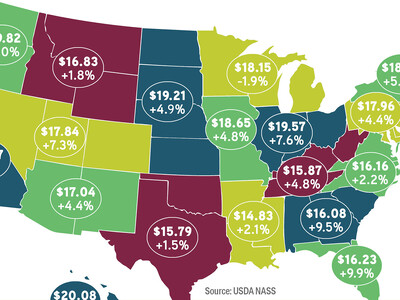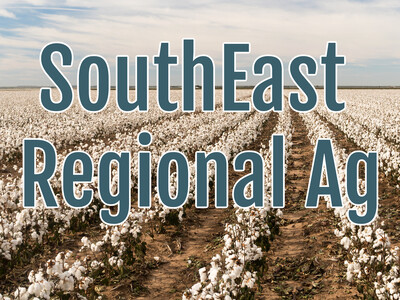Ag Day
In Idaho, National Agriculture Day was more than just a celebration of farming and ranching. It was an opportunity to help educate lawmakers and regular citizens about the industry and how important it is.Seventeen Idaho farm and ranch groups set up booths, with displays, in the state Capitol building to help celebrate the special day. The event was organized by the Idaho State Department of Agriculture.
Legislators and others visiting the Capitol building were greeted with a whole host of facts about Idaho agriculture. They had a chance to not only learn a little about the industry but talk with some of the leaders who represent farmers and ranchers in the state.
If she could have people who visited the National Ag Day event remember one thing about agriculture, it would be how large it is in Idaho, said Eliza Dugan, the state reporter for Idaho FFA.
“The scale,” said Dugan, who grew up on her family’s dairy farm and was one of many FFA members who attended the celebration. “It’s so large. I would hope people realize how expansive Idaho agriculture is and how it affects us all.”
She was glad to see many different booths representing a plethora of Idaho’s agricultural commodities.
“I think it’s important to understand there are many different sectors of agriculture,” Dugan said. “Everything from barley to mint to cattle. There are so many different sectors of ag and it’s important to recognize all of them.”
Idaho’s 22,000-plus farmers and ranchers produce more than 180 different agricultural commodities.
A University of Idaho report released last year found that agriculture accounts for one in every nine jobs in Idaho, 17 percent of total sales and 13 percent of the state’s gross domestic product.
“The average Idahoan doesn’t understand just how much food is produced here,” said ISDA Director Chanel Tewalt. “I hope people walk away from this event feeling a little more connected to Idaho ag.”
If people who attended the event don’t know anything about agriculture, Tewalt said, “my hope if they leave here today recognizing how incredible it is. Whether it’s the productivity, the volume, the true diversity of ag, I think, would astound somebody who doesn’t live it every day.”
There were plenty of people who do live agriculture every day manning booths at the event and they were eager to share a little about the sector of the industry they represent.
Samantha Parrott, executive director of the Snake River Sugarbeet Growers Association, was happy to help visitors understand a little about Idaho’s sugar beet industry.
Idaho is a major producer and processor of sugar beets – about 170,000 acres of sugar beets are grown in the state annually – but not many people know that and the crop is routinely confused with red garden beets.
“It’s such a big crop in Idaho but nobody knows what a sugar beet is,” Parrott said. “My goal today is to help promote what a sugar beet is and that we’re a massive, billion-dollar industry in the state of Idaho.”
Many if not most Idahoans who have traveled down one of the state’s interstates or highways has likely passed one of the large green trucks hauling sugar beets to a processing plant. But they also likely don’t understand what they’re really seeing, Parrott said.
Those beets will be processed into sugar that is used by people across the country on a regular basis. About 55 percent of the sugar produced in the United States comes from sugar beets and 45 percent comes from sugar cane.
“It’s just such a unique crop,” she said. “Not many people have heard of a sugar beet. So we’re just trying to increase the base level understanding of what our crop is.”
Liz Wilder, executive director of the Idaho Wool Growers Association, spent her time at the National Ag Day event educating people about Idaho’s sheep industry.
“Idaho’s sheep industry is a nucleus of the state of Idaho,” she said. “Idaho’s sheep industry is as old and historic as the state itself.”
Besides producing food and wool, from the norther tip of Idaho’s Panhandle all the way to its southern corners, sheep are an essential tool in helping to manage public lands, Wilder said.
“The sheep and wool industry plays a crucial role in wildfire mitigation by reducing fire fuel loads,” she said. “The industry is really important in terms of environmental stewardship and sustainability.”
A booth set up by Ada County Farm Bureau allowed people to write thank you notes to farmers if they chose to.
The booth was representing all of Idaho’s county Farm Bureau organizations and the thank you cards will be distributed to farmers around the state, said ACFB member Isabelle Leonard, who manned it.
“We want the public to know that even though they may not know a farmer personally, that they can still appreciate farmers,” she said. “If they’ve eaten anything or worn clothes today, they can thank the farmer for all those ag products.”
The National Ag Day event took place during Idaho’s legislative session and was attended by many legislators, as well as the governor and lieutenant governor, who are both ranchers and farmers.
“I think it’s super important to have an event like this during the session,” said Rep. Shawn Dygert, R-Melba, a recently retired high school agriculture education teacher and FFA advisor.
“Obviously there are people in the legislature that don’t have any idea what agriculture does for the state of Idaho,” he said. “So for them to understand how big a part of our economy it is, as well as our culture and our way of life, is really important.”
U.S. Secretary of Agriculture Brooke Rollins released this statement in recognition of National Ag Day: “Today on National Agriculture Day, we recognize the people who make it all possible. The farmers, the ranchers, and the producers who dedicate their lives to feeding, to fueling, and to clothing our nation.”
“So today, let’s just not celebrate agriculture, let’s celebrate the people behind it,” Rollins added “To every farmer, to every rancher, and to every producer, we see you, we appreciate you, and we thank you. Happy National Agriculture Day!”
